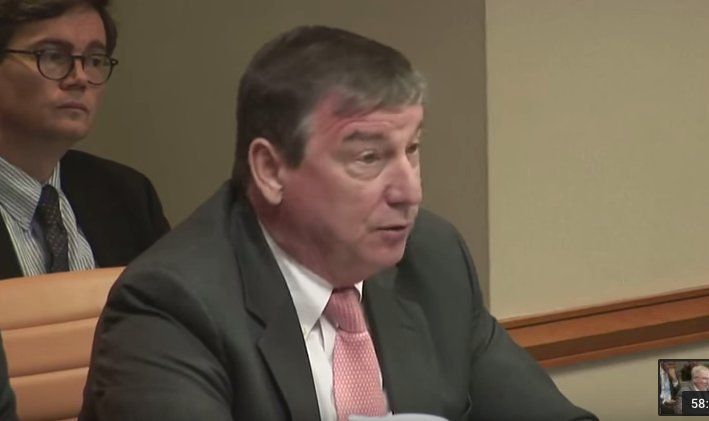An even bigger test for Trump came on May 26, 2020.
Ironically, in the early months of the COVID-19 pandemic in 2020, Trump’s team had started picking up positive signals from some Black leaders that they interpreted as potential softening on the incumbent president. The reduction in sentences for crack cocaine offenses, which had disproportionately and unfairly targeted Black offenders, reduced prison time by an average of six years for more than 2,000 prisoners. Of those, 91 percent were Black. Trump’s tax-cut bill included specific incentives for investments in poverty-stricken areas, known as opportunity zones. And those incentives were starting to work, according to a
study from the Urban Institute. The administration had also made some inroads with historically Black colleges and universities when it canceled repayment of more than $300 million in federal relief loans and made permanent more than $250 million in annual funding.
Al Sharpton, the MSNBC host and civil rights activist, had been secretly calling him, which left the president with the impression that their staffs should work together. But the follow-up calls from Kushner’s team would go unanswered. Jesse Jackson, the Baptist minister and civil rights activist and one-time presidential candidate, had phoned a few times, too.
And more than 600 Black leaders joined a call as White House aides strategized over a push to codify the opportunity zone revitalization council that Trump had created by executive order.
But none of Kushner’s efforts to repair Trump’s image with the Black community would matter when the video of George Floyd’s murder began spreading online.
The morning after Memorial Day, senior White House staff gathered inside the West Wing for a prescheduled meeting about coronavirus. The death toll was approaching 100,000 in the United States, and the administration was scrambling to address a shortage of remdesivir, the antiviral used to treat Covid.
“We’re getting crushed on Covid,” said Alyssa Farah, the communications director.
Kushner, who seemed distracted and more aloof than usual in the meeting, interrupted her.











:watermark(cdn.texastribune.org/media/watermarks/2021.png,-0,30,0)/static.texastribune.org/media/files/628b87eec0044adbbf5ff5fda1b5ed3b/Joe%20Manchin%20REUTERS%20TT%2001.jpg)